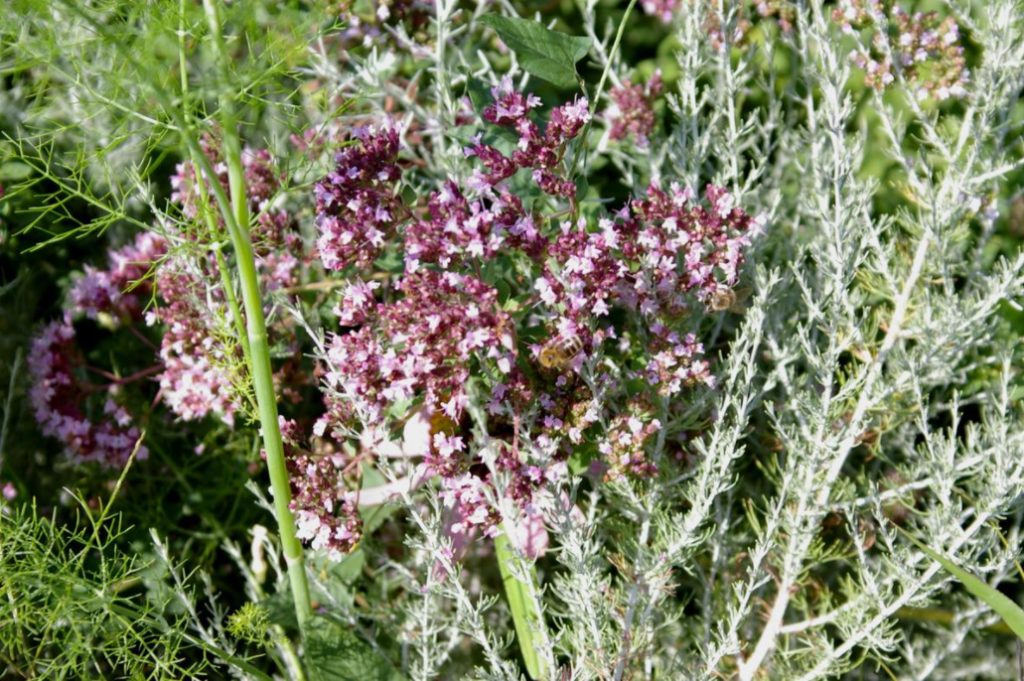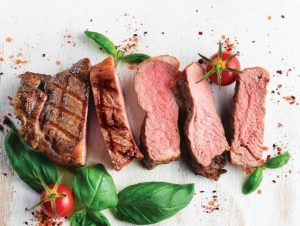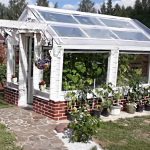In continuation of the topic about useful plants that we grow in the garden and use in home gastronomy, today we will talk about the types that are part of the ingredients for liqueurs. I used to be a big fan of these drinks. I used literally a thimble in coffee or tea. It was especially pleasant to drink a cup of hot drink on a hike in late autumn, in winter. Thanks to a drop of liquor, even wet feet did not allow a cold to run rampant. So I decided to share the secrets of home-made liqueurs.
Today we will focus exclusively on herbs that can be grown on your site, and the most successful (in my opinion) recipes. We will omit the features of growing species that have already been discussed on the site, focusing on their gastronomic exploits, which sometimes go beyond the “liqueur framework”.
Anise
An elegant member of the Apioideae family. Enter it as an accompanying or filling element in a spicy bed or a rustic-style mixborder — and you’ll never regret it. Pimpinella anisum in the flowering period will create a yellow-green openwork “lace” of umbrella inflorescences — and will facilitate even the most cumbersome and heavy composition.
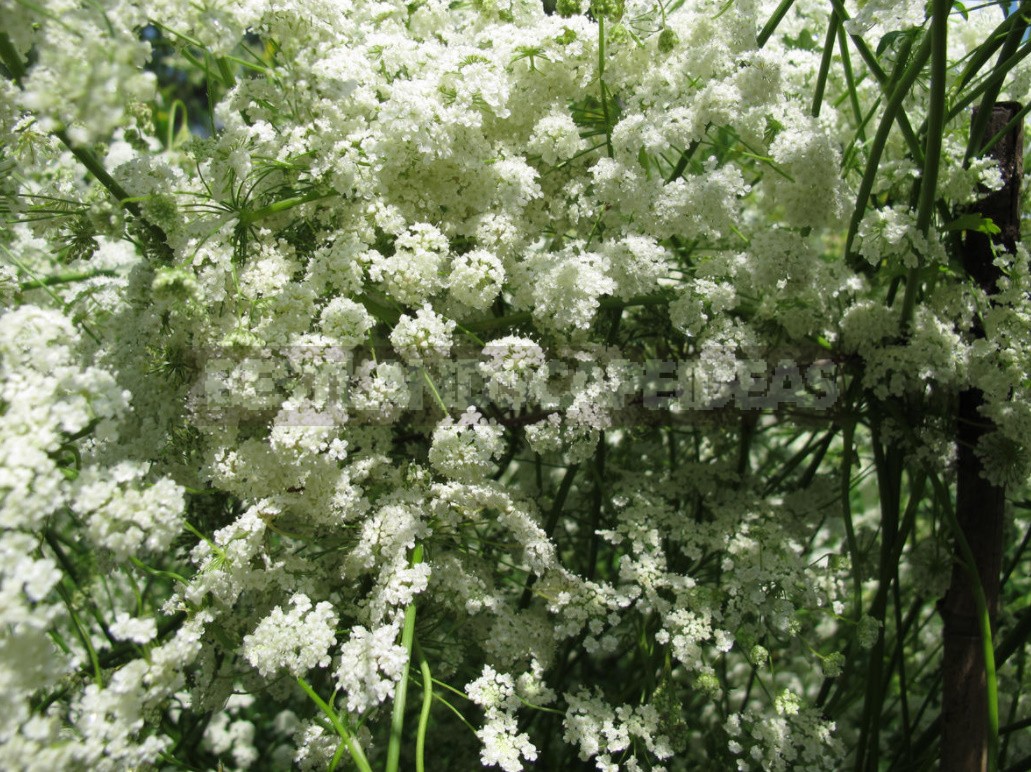
It is part of the ingredients of Galliano liqueur, which gives a kind of cloying sweetness of licorice root (for an amateur). This taste is easily combined with others and can be included in both sweet and savory dishes. Especially good in combination with orange zest, cinnamon, coriander.
Anise liqueur
In a dark glass bottle, pour 1 liter of alcohol, put 40 g of dry anise seeds, 5 coriander peas, a piece of cinnamon stick. Insist 2 months, shaking daily. Then pour in the sugar syrup (400 g of sugar and 500 ml of water) – and insist for another week or two, continuing to shake the bottle daily. Then the liquor is filtered, poured into beautiful bottles, well corked.
Mint
How can there be a cottage without mint? Of course not! Sometimes it is enough just to rub a leaf in your hands and inhale the fragrance, as well as feelings and thoughts come to order. It seems that they are specially created by nature for “cooling” in the hot summer. Although the mints are so different! For example, Mentha longifolia and M. spicata are not as cold as M. x piperita. The first two seem to us warmer and sweeter, so they are more successful components for liqueurs. But to combine mint with anise in confectionery, as do the Dutch (Zoute Drop) and Scandinavians (Lakrisal), in the liqueur is still not worth it.
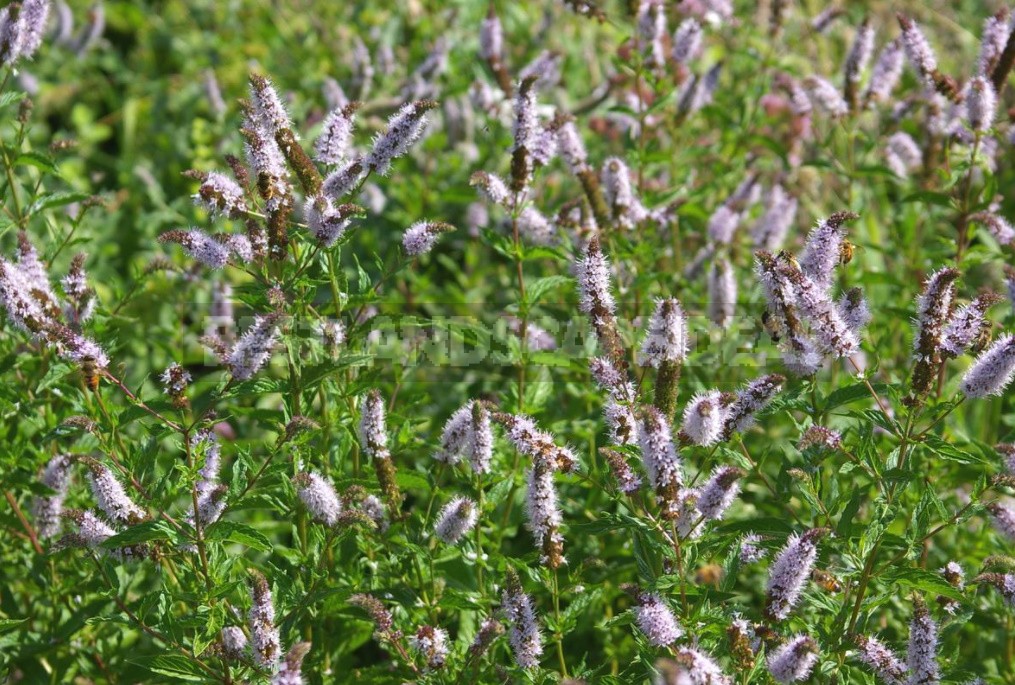
In the country, it is good to identify them on a spicy bed or in a mixborder, but remember: they are moisture-loving, especially Mentha longifolia, which can generally be planted in the coastal wet zone of a pond or along a stream.
Creme de menthe
Dry peppermint (6 g) is poured with 96% alcohol (400 ml), add a pinch of lemon or orange zest. Insist in a warm place for 2 days. Then filter, add syrup (1 kg of sugar and 200 ml of water). The drink with a surprisingly delicate mint-citrus aroma is ready.
Wormwood
Semi-shrub up to 80 cm high and 40-100 cm wide, with woody shoots at the base. The leaves of Artemisia balchanorum are 3-5 cm long, twice-thrice pinnate, light green, bluish and bluish-gray in color. The inflorescence is paniculate. Blooms in September-October, so often the seeds ripen only in warm climates.
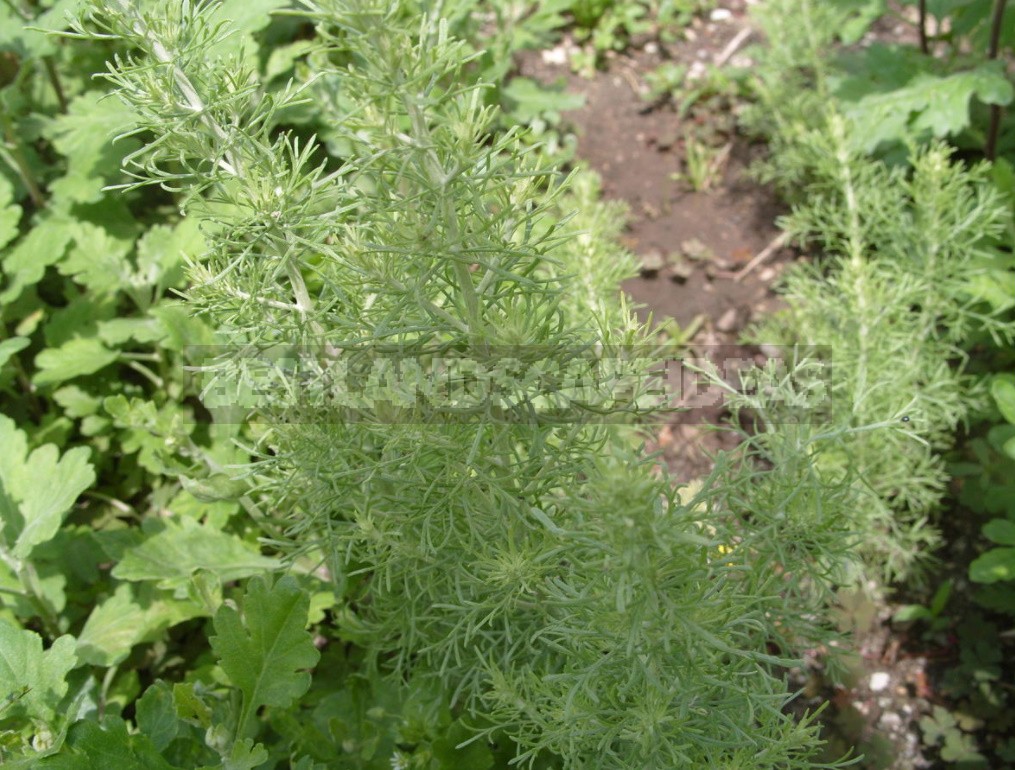
It is relatively hardy. It is drought-resistant, not demanding on soils. It is little affected by diseases and is almost not damaged by pests. This wormwood is very easy to distinguish from other species due to the pleasant subtle aroma of orange, lemon and pineapple fruits. Moreover, it is so bright that, having inhaled once, you are “doomed” to remember it for the rest of your life. Rubbing the leaves of this wormwood in your hands, instead of the expected tart smell, you suddenly feel the aroma with pleasant notes of lemon, orange and pineapple.
The liqueur absinthe
In a mortar, grind 50 g of dry wormwood grass, 35 g of dry wormwood tops, 25 g of wormwood root and angelica, 6 liters of vodka, 20 g of tartar salt, 12 g of lemon peel, lime, lavender flowers, rosemary, 4 g of nutmeg, cloves, cinnamon. The mixture is poured into a dark bottle, filled with vodka (6 liters) and infused in a warm place for a week, shaking the container daily. Then filter — and 2 times distill, adding water. Look at the complex bouquet of this liqueur! One pair of “lavender and rosemary” is worth a lot! Rosemary liqueur gives the peculiar flavor of balsamic vinegar, cold, spicy, with hints of pine.
Cumin
Carum carvi is a member of the Apioideae family. This is a biennial (rarely perennial) herbaceous plant with a straight hollow stem, 25-70 cm high.

In the first year of life, it forms a rosette of leaves. The flowers are small, white or pinkish, in complex umbels; they bloom in June-August in the second year of life. The fruits are billets, ripen in July-August. It is found in meadows, edges, pastures, slopes, ravines, roadsides, along rivers in forest and forest-steppe areas. To obtain seeds, place cumin in the company of umbrella herbs (anise, fennel) on a spicy bed or a colorful lawn.
The kymmel
Do you want to try the famous Russian classic kymmel, or a bitter liqueur based on cumin? Then write down the recipe for cooking. In a mortar or coffee grinder, grind the dry ingredients: cumin seeds (50 g), anise (50 g), dill (20 g) German iris root (20 g), lime peel or kumquat (30 g, can be replaced with lemon peel or pomelo, 15 g each). Pour into a dark bottle, pour vodka (3.5 liters). Infuse in a warm place for 2 weeks, shaking the bottle daily. Filter it. The bitter liqueur is ready — you can try it. If you like sweet drinks, add syrup to it (400 g of sugar and 500 ml of water), insist for another 1-2 days. Then strain again and pour into bottles.
Fennel
Since the liquor needs seeds, add Foeniculum vulgare to the company of anise on a variegated lawn or spice bed.

It is not capricious, but it grows and blooms better on loose, fertile soils. Drought-resistant, but watering in hot and dry summers is desirable. In the vicinity of the botanical garden, I saw whole fields of fennel that had not been tended for a long time, and fennel absolutely did not suffer from lack of attention.
Vespero “Liqueur”
Grind in a mortar or coffee grinder dry angelica seeds (30 g), coriander (90 g), fennel (11 g, about 1 tablespoon), anise (7 g, about 0.5 teaspoons), pour into a bottle. Add the peel and juice of lemons (10 pcs.) and lime (2 pcs.). Fill with purified alcohol (3 liters). Infuse for 2 months, then add the syrup (1.6 kg of sugar and 1 liter of water), strain, pour into bottles.
This is important! The finished liqueur is thick (slowly flows down the walls of the dishes), fragrant and sweet. The more complex it is in terms of ingredients and preparation, the longer it should be infused. Store the drink in a dark place, preferably in a dark glass container.
Do you make homemade herbal liqueurs? From what plants?
